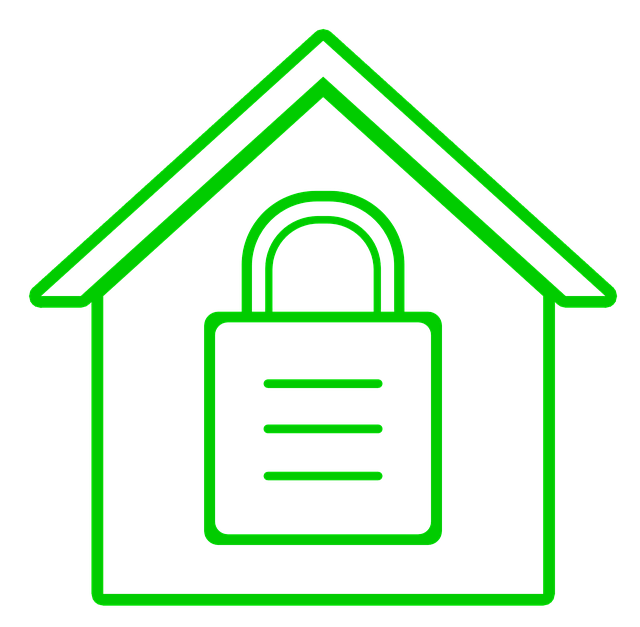
Technology has changed nearly every part of our daily lives, and home security is no exception. Smart cameras, video doorbells, motion sensors, and remote locks have become common features in modern homes. They offer real convenience — allowing homeowners to monitor activity, receive instant alerts, and even control access from miles away. However, relying entirely on these systems to protect your home and property can be a costly mistake. While smart security devices are valuable tools, they should never replace the fundamentals of good home protection and maintenance.
1. Technology Isn’t Foolproof
Every electronic system has limitations. Smart locks can fail during power outages, Wi-Fi disruptions, or software glitches. Cameras may lose signal, run out of storage, or malfunction due to weather conditions. A system that depends entirely on internet connectivity can become useless if your connection drops at the wrong moment. No homeowner should assume that a digital alert will always come through when it matters most.
2. Cybersecurity Risks Are Real
What makes smart home systems “smart” — their connection to the internet — is also what makes them vulnerable. Hackers can exploit weak passwords or outdated software to gain access to your network. Once inside, they can manipulate cameras, disable alarms, or even unlock doors remotely. Protecting your digital access is just as important as protecting your physical doors and windows, yet many homeowners overlook this step.
3. False Confidence Can Lead to Neglect
One of the biggest dangers of smart security is the false sense of safety it creates. When homeowners trust their technology too much, they may skip basic precautions such as reinforcing entry doors, trimming shrubs around windows, or checking locks regularly. Real security still depends on good physical barriers and sound habits. Technology should assist, not replace, those efforts.
4. Maintenance Matters More Than You Think
Like any other system in your home, smart security devices need regular attention. Batteries must be replaced, firmware updated, and cameras kept clean. Sensors that haven’t been tested in months might not function when you need them most. Home safety depends on active upkeep, not just initial installation.
5. A Layered Approach Works Best
True home protection involves layers: strong locks, good lighting, neighborhood awareness, and yes, smart technology too. Smart systems work best when they complement other methods — not when they try to replace them. A simple reinforced deadbolt or a well-lit yard can deter an intruder faster than any push notification.
In Conclusion
Smart home security is a wonderful advancement, but it isn’t a complete solution. A safe home still depends on sound construction, preventive maintenance, and practical awareness. Technology can enhance your security, but it can’t think, react, or repair itself. The smartest approach is combining modern tools with timeless common sense — that’s what truly keeps a home safe.

Recent Comments